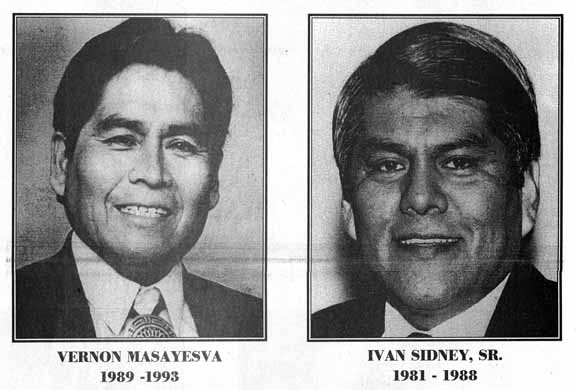The shift in government policy came in the latter part of the '70s under the rubric of self-determination. Its details matter less than its overall thrust, which was to move decision-making power out of the hands of government agencies and into the hands of indigenous communities.
It is difficult to say how much of this shift was intentional on the part of those agencies. Their notion of self-determination was a modest one, much closer to self-management or self-administration than self-government. It was limited to the idea that indigenous communities would take over the administration of social service programs conceived and developed, and previously run, by federal bureaucrats.
Native American nations chose to view self-determination very differently, interpreting it not as self-management but as exercising significant decision-making power over the design of community organisations and governance systems, economic policies, the management of their lands, education of their children, and a host of other functions. They saw it as referring to governing--translating the will of the community into sustained and organised action--and not simply to administering social service programs. For them, self-determination promised the restoration of an old indigenous activity in new forms: making major decisions for themselves. They moved aggressively to enact that understanding.
But--and here the second factor comes into play--many of those nations realised that if their idea of self-determination was going to yield results, they would have to govern well. Beginning on a large scale in the '80s, a growing number of Native American nations have invested significant time and energy in developing capable governing institutions. In some cases they have drawn on their own cultural traditions in the design of those institutions; in others, they have borrowed from each other and from the US mainstream to create new institutions that can get the governance job done. The result is diverse, indigenously generated and therefore more effective systems of governance.


No comments:
Post a Comment
Note: Only a member of this blog may post a comment.